2022 Women in Endurance Sports Awards Nominee: Amy Rusiecki
Congratulations to Vermont 100 Race Director Amy Rusiecki, who is nominated for a Women of Endurance Sports Award!
Amy has committed to supporting gender equity and inclusion at our event and all of her Beast Coast Trail Running events, and we are so proud to see her hard work recognized like this!
The 2022 awards ceremony will be celebrated in person at the Outspoken Summit in Tempe, AZ, and streamed live online through the Outspoken Summit Facebook page this Sunday, November 13th, at 10am PT/1pm ET.
We also want to take this opportunity to thank each of you, everyone in our beautiful ultrarunning community, who has stepped up in their own ways to advocate for changes that promote inclusion and diversity within our events!

“This is how small changes happen, which can lead to bigger shifts…and it takes an amazing [community], which we are blessed to have!!!” – Amy
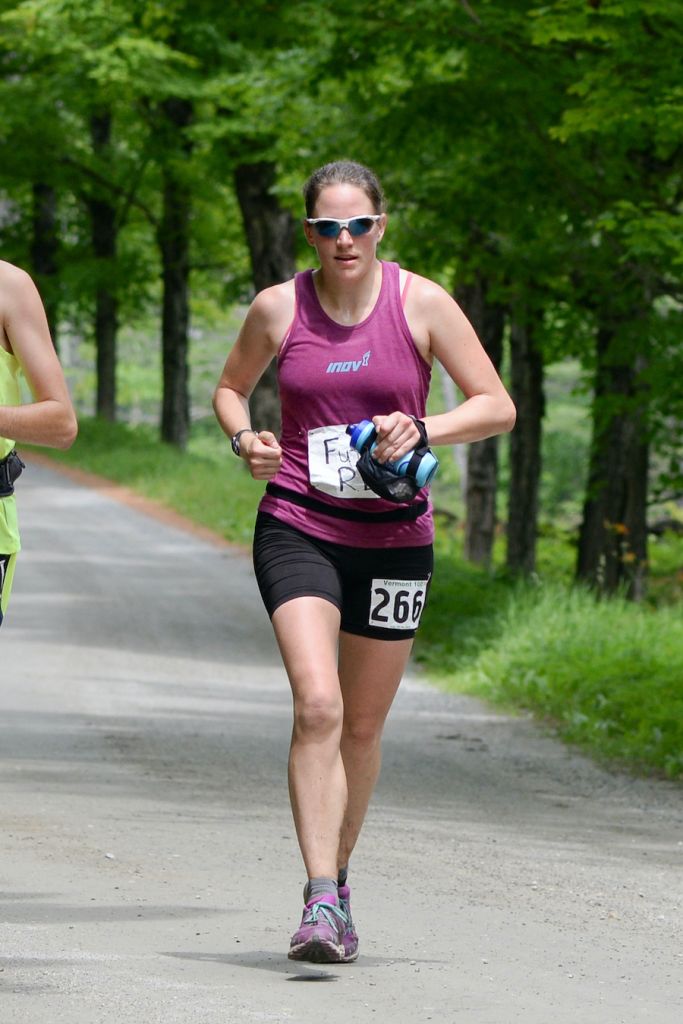





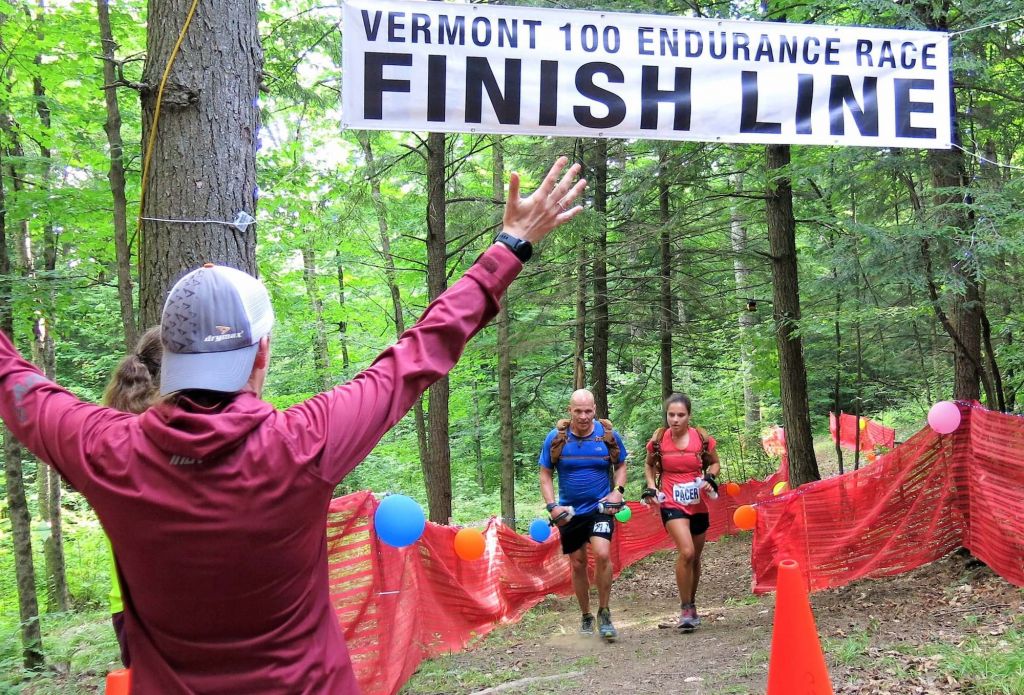
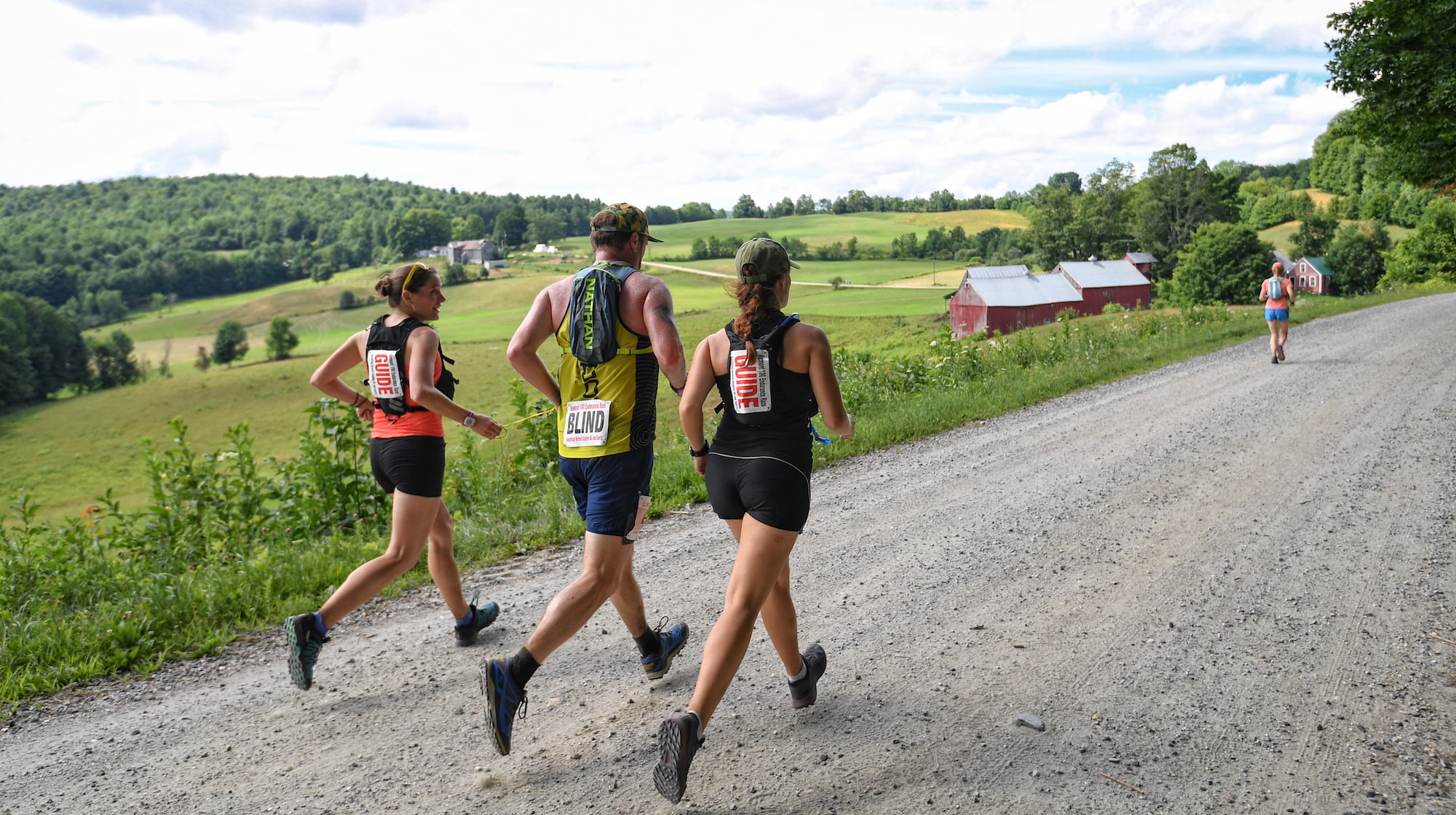

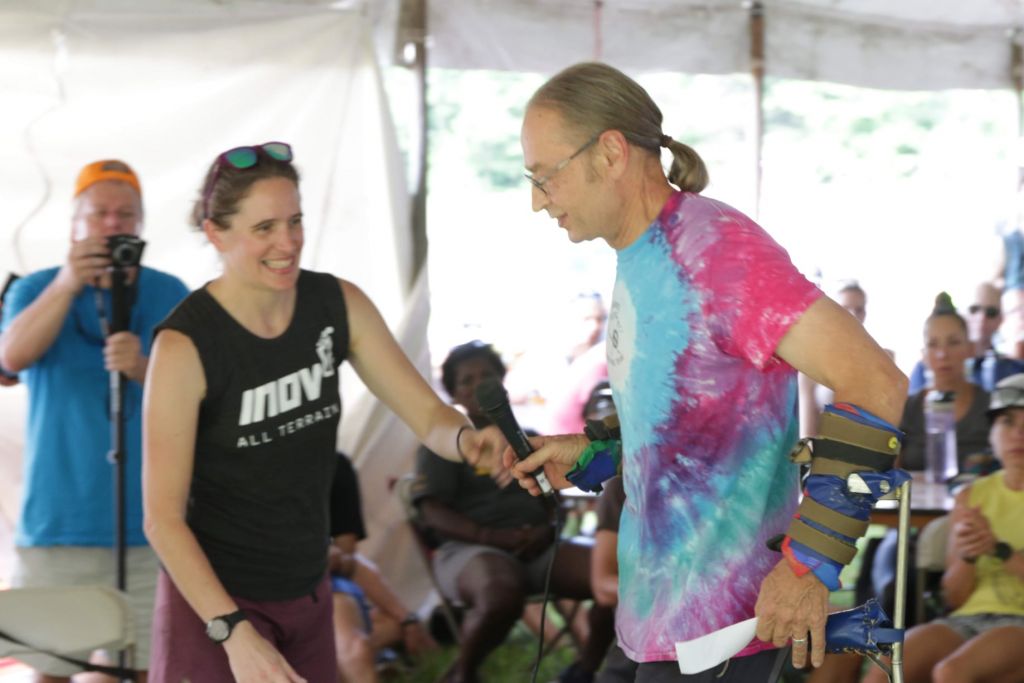






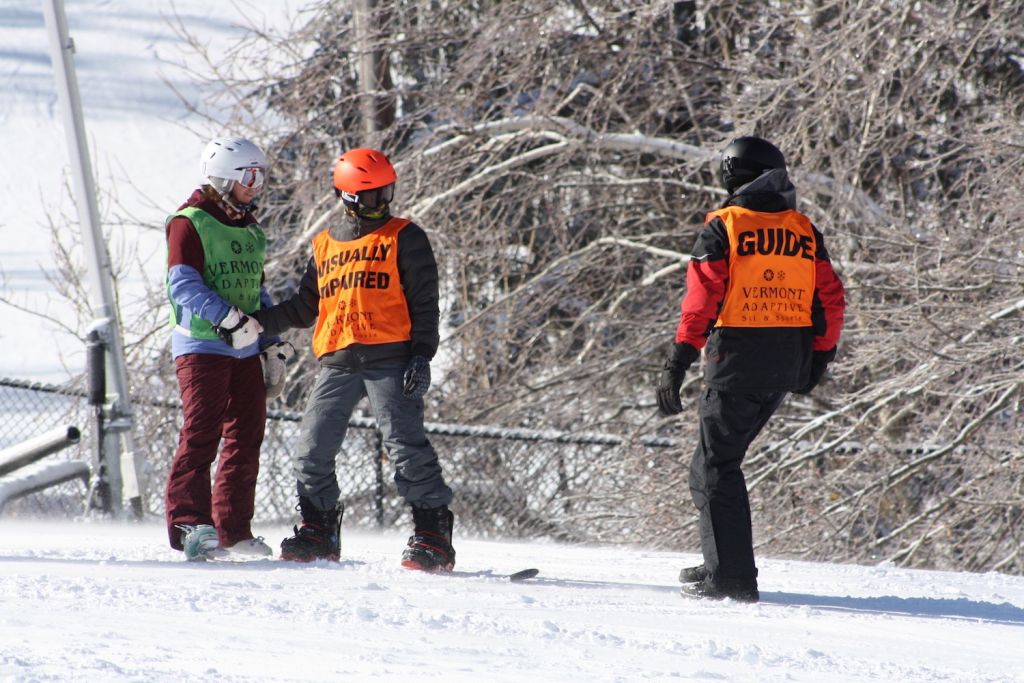














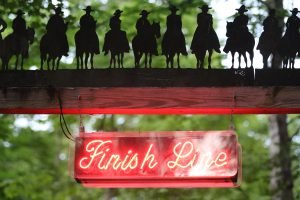
















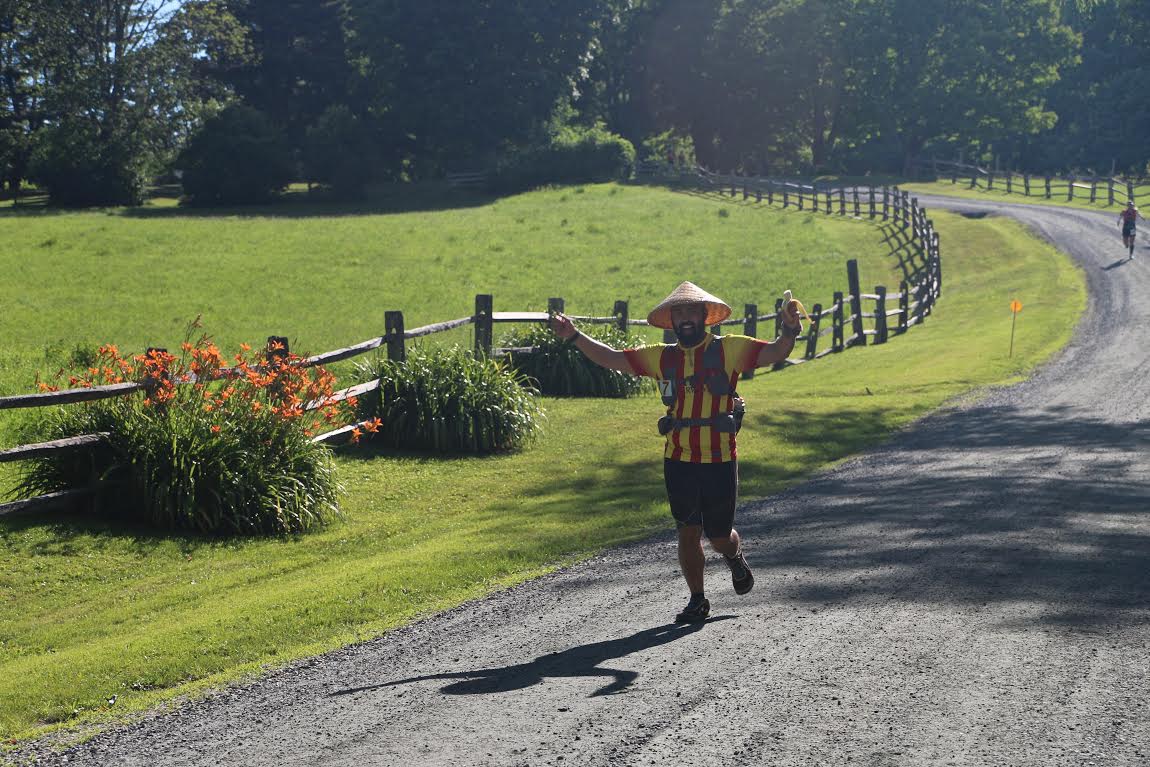
 I’m a wife, mom to four, elementary art/phys ed teacher and ultra runner. I love dogs, poetry and photography. This is my second year raising funds for Vermont Adaptive.
I’m a wife, mom to four, elementary art/phys ed teacher and ultra runner. I love dogs, poetry and photography. This is my second year raising funds for Vermont Adaptive.  I ran the race in 2010 and that was my 1st intro to Vermont adaptive and ski. It was very cool to see what is being done to help people with disabilities to have more of the life experiences they otherwise may be missing. I raised money for team Hoyt for 3 years even was able to have the privilege of pushing an athlete in a chair during one of the local races. I’ve enjoyed the feeling of supporting a cause beyond my own personal goals. I was going to participate in this years race, and when I saw the team being formed, I jumped at the chance. It’s really an honor to be supporting this program and all of you who dedicate yourselves to improving the lives of others. So thank you!!
I ran the race in 2010 and that was my 1st intro to Vermont adaptive and ski. It was very cool to see what is being done to help people with disabilities to have more of the life experiences they otherwise may be missing. I raised money for team Hoyt for 3 years even was able to have the privilege of pushing an athlete in a chair during one of the local races. I’ve enjoyed the feeling of supporting a cause beyond my own personal goals. I was going to participate in this years race, and when I saw the team being formed, I jumped at the chance. It’s really an honor to be supporting this program and all of you who dedicate yourselves to improving the lives of others. So thank you!! This is my first year raising money for Vermont Adaptive. I have participated in sports and outdoor activities for as long as I can remember, but running is my greatest passion. It would really be impossible for me to describe myself without being able to share how much running is a part of who I am, whether it be out on the road or trails, or supporting and spectating others. At the same time, I have loved ones who have been sidelined due to lifelong disability, who dream of being able to join in with their friends and family. I also have loved ones who have lost, through illness or injury, their ability to participate in what they are passionate about, and while a few of those people were able to redirect their passions elsewhere, others still struggle. Being physical active provides an immeasurable value to one’s life not easily replaced by anything else. I wanted to run to raise money for Vermont Adaptive because they work so hard to provide equal opportunities for people of all abilities to participate in sports and recreational activities, giving them the experiences they would not otherwise have. I feel honored to be able to share my passion for running with others in this way, so that they may know the same joy and wellness through physical activity.
This is my first year raising money for Vermont Adaptive. I have participated in sports and outdoor activities for as long as I can remember, but running is my greatest passion. It would really be impossible for me to describe myself without being able to share how much running is a part of who I am, whether it be out on the road or trails, or supporting and spectating others. At the same time, I have loved ones who have been sidelined due to lifelong disability, who dream of being able to join in with their friends and family. I also have loved ones who have lost, through illness or injury, their ability to participate in what they are passionate about, and while a few of those people were able to redirect their passions elsewhere, others still struggle. Being physical active provides an immeasurable value to one’s life not easily replaced by anything else. I wanted to run to raise money for Vermont Adaptive because they work so hard to provide equal opportunities for people of all abilities to participate in sports and recreational activities, giving them the experiences they would not otherwise have. I feel honored to be able to share my passion for running with others in this way, so that they may know the same joy and wellness through physical activity.  I decided to run to raise money for Vermont Adaptive because it allows me to do two things I enjoy at the same time, run and help people.
I decided to run to raise money for Vermont Adaptive because it allows me to do two things I enjoy at the same time, run and help people. I need to run a 100 miler…a year ago I choose to raise money as a way to insure my entry into VT100…not much of a statement about Vermont Adaptive but I can say this…I’ve been on the board of the Krempels Center in Portsmouth, NH for 7 or 8 years where we help people with acquired brain injuries regain meaning and purpose in their lives. This includes connecting some of the members with adaptive bikes so that they can ride in an annual fundraiser called the King of the Road Challenge. I have learned how these folks struggle each day dealing with their issues…yet they don’t complain or give up…and they’re always ready to aid others. It’s pretty motivating for me as I’m in a perpetual training cycle and I imagine that Vermont Adaptive is also providing folks with an opportunity to push themselves beyond their current injuries…I’m very happy to be part of Team Run 2 Empower and support the efforts of Vermont Adaptive.
I need to run a 100 miler…a year ago I choose to raise money as a way to insure my entry into VT100…not much of a statement about Vermont Adaptive but I can say this…I’ve been on the board of the Krempels Center in Portsmouth, NH for 7 or 8 years where we help people with acquired brain injuries regain meaning and purpose in their lives. This includes connecting some of the members with adaptive bikes so that they can ride in an annual fundraiser called the King of the Road Challenge. I have learned how these folks struggle each day dealing with their issues…yet they don’t complain or give up…and they’re always ready to aid others. It’s pretty motivating for me as I’m in a perpetual training cycle and I imagine that Vermont Adaptive is also providing folks with an opportunity to push themselves beyond their current injuries…I’m very happy to be part of Team Run 2 Empower and support the efforts of Vermont Adaptive.

 Running cross country and track was an absolute lifesaver when we moved as my twin sister and I were starting 7th grade. It gave me goals; a “rabbit” ahead of me to chase; a rivals time; a hill; laps on the track;or the clock itself-to challenge myself. The sights and sounds of a trail race or a track meet were inviting and I felt “at home” and like I belonged. The move was full of challenges but gave me the biggest “gift” in finding running.
Running cross country and track was an absolute lifesaver when we moved as my twin sister and I were starting 7th grade. It gave me goals; a “rabbit” ahead of me to chase; a rivals time; a hill; laps on the track;or the clock itself-to challenge myself. The sights and sounds of a trail race or a track meet were inviting and I felt “at home” and like I belonged. The move was full of challenges but gave me the biggest “gift” in finding running. This year is my fourth time participating in the Vermont 100, but the first time I’ve ever raised money for Vermont Adaptive. It has been through my participation in VT100 that I’ve learned about Vermont Adaptive and I’ve always admired their work ever since first learning about them. I have a background in sports medicine and once worked for an orthotics and prosthetics company where I gained a first-hand appreciation for crafting assistive devices for people to stay active. I feel blessed to have my health and the enjoyment I get from being active through running, so this year I decided to put my time and talents to use for a worthy cause, and I couldn’t have chosen a better organization than Vermont Adaptive! It is so motivating to see the determination, and enjoyment
This year is my fourth time participating in the Vermont 100, but the first time I’ve ever raised money for Vermont Adaptive. It has been through my participation in VT100 that I’ve learned about Vermont Adaptive and I’ve always admired their work ever since first learning about them. I have a background in sports medicine and once worked for an orthotics and prosthetics company where I gained a first-hand appreciation for crafting assistive devices for people to stay active. I feel blessed to have my health and the enjoyment I get from being active through running, so this year I decided to put my time and talents to use for a worthy cause, and I couldn’t have chosen a better organization than Vermont Adaptive! It is so motivating to see the determination, and enjoyment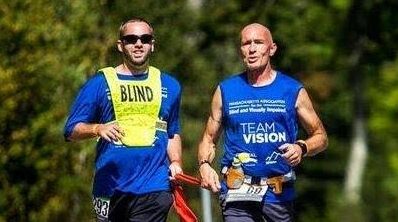 Mark Ryder
Mark Ryder I was matched with a little guy named Nick about 3 years ago. Nick, my WingMan, suffered a brain injury at birth and does not have mobility in one whole side. His parents have never given up on the hope that he might be able walk, and even run someday. He is excelling in school, very dedicated to all of his different therapies and loved by everyone he meets…his energy is infectious! He participates in a local adaptive sports camp where he lives, much like VASS, and largely in part thanks to the kindness of donors who support such an amazing opportunity.
I was matched with a little guy named Nick about 3 years ago. Nick, my WingMan, suffered a brain injury at birth and does not have mobility in one whole side. His parents have never given up on the hope that he might be able walk, and even run someday. He is excelling in school, very dedicated to all of his different therapies and loved by everyone he meets…his energy is infectious! He participates in a local adaptive sports camp where he lives, much like VASS, and largely in part thanks to the kindness of donors who support such an amazing opportunity. 



